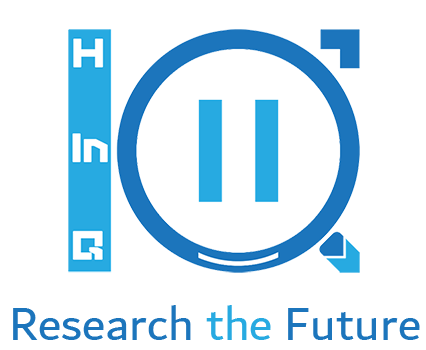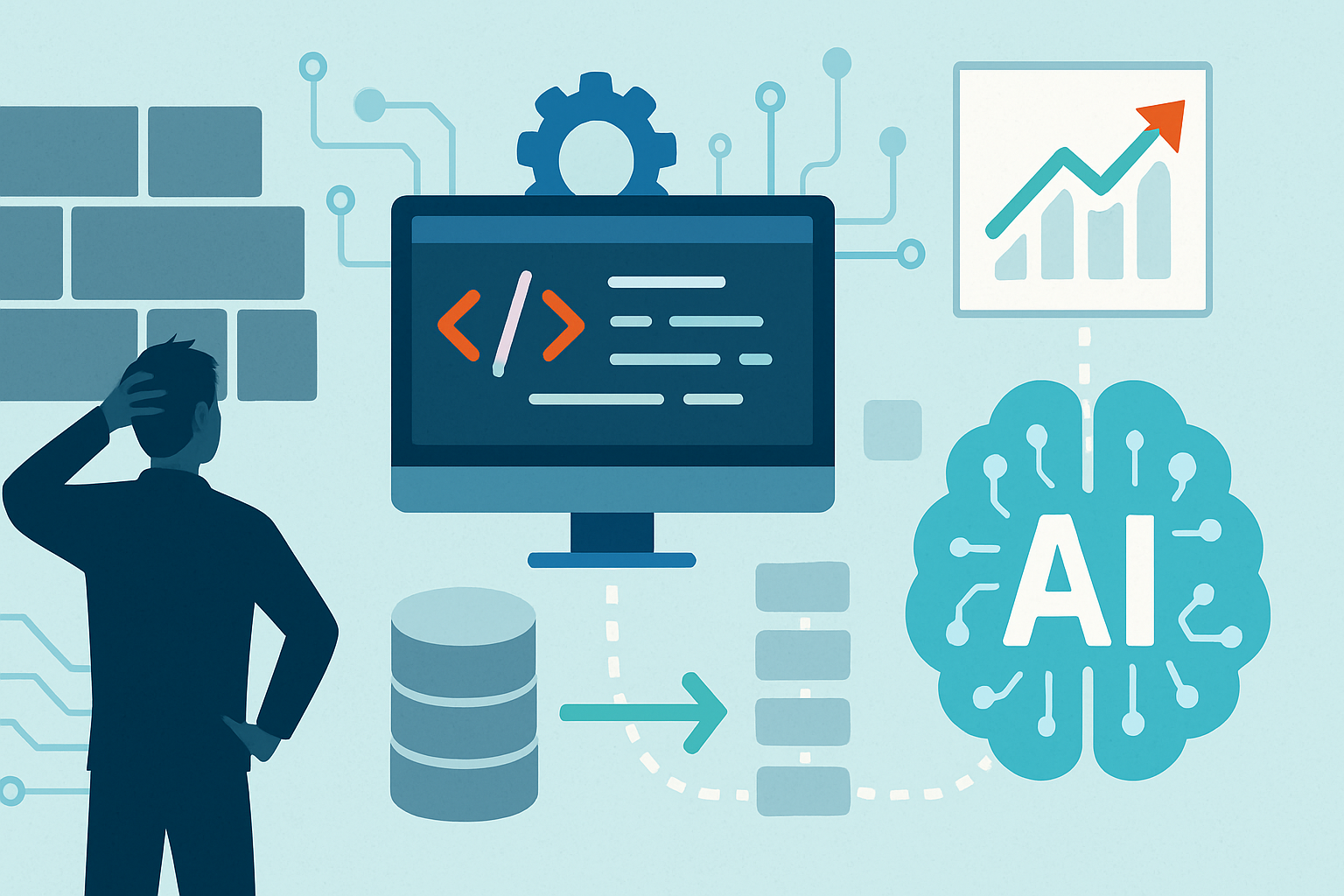AI’s Dirty Secret: Your Model Is Only as Good as Your Pipeline
Artificial intelligence may grab the headlines, but it’s data pipelines that quietly make or break its success. For all the hype around algorithms and model tuning, the truth is blunt: if your data flow is broken, your AI fails. No matter how sophisticated your machine learning architecture is, it’s useless without clean, reliable, and timely data to fuel it.
The irony? Many companies investing millions into AI initiatives overlook this very foundation. They chase predictive insights and generative capabilities while still relying on ad hoc scripts, patchwork ETL jobs, or manual data prep — all of which introduce friction, error, and delay. The result is not just inefficiency, but outright failure. Models underperform. Insights go stale. Decisions are made on flawed inputs.
This isn’t just an engineering problem. It’s a strategic liability. In a data-driven economy, your ability to automate and scale insights across teams — from marketing to R&D — depends entirely on how well your data pipeline performs. And yet, most pipelines are treated as afterthoughts.
This article exposes the unseen obstacle stalling AI success — and lays out what a future-ready, automated pipeline should actually look like.
From Spreadsheets to Streams: The Data Pipeline Evolution
Data pipelines weren’t always part of the AI conversation. In the early days, data science teams manually pulled spreadsheets, cleaned them in Python or R, and handed off static datasets to machine learning models. It was slow, error-prone, and completely unscalable. Yet for many teams, this remains the status quo — a relic of early-stage experimentation that simply can’t support production-level AI.
Today, the volume, velocity, and variety of data have exploded. Streaming data from IoT devices, real-time user behavior from apps, and multichannel customer interactions flood systems with terabytes of information daily. Manual workflows break under this pressure. That’s where modern data pipelines step in — continuously ingesting, processing, validating, and storing data across environments and platforms with minimal human intervention.
This evolution isn’t just technical — it’s organizational. As pipelines become central to business outcomes, their design and performance are no longer the sole concern of IT teams. Product managers, analysts, and even marketing departments are now stakeholders in how data flows and when it becomes actionable.
Moving from static to dynamic pipelines is more than an upgrade. It’s a transformation that redefines how organizations use data to compete.
Automation Isn’t Optional — It’s the Foundation
You can’t build intelligent systems on manual processes. The idea that a human can manage data ingestion, transformation, and delivery at scale is not just outdated — it’s dangerous. As AI models grow more complex and data sources multiply, automation becomes the only viable path to speed, consistency, and trustworthiness.
Automated data pipelines replace brittle, script-based workflows with orchestrated, end-to-end systems that self-monitor, self-correct, and scale without constant babysitting. Whether you’re integrating APIs, syncing cloud warehouses, or triggering machine learning jobs — automation ensures your data operations are as agile as your business needs them to be.
More importantly, automation reduces risk. It standardizes transformations, enforces validation, and maintains lineage — critical for compliance, especially in regulated industries like finance or healthcare. In a world where data moves fast and errors propagate faster, manual intervention is a liability.
The organizations that succeed with AI don’t just automate for efficiency — they automate for survival. They build systems that are resilient by design, allowing teams to shift focus from fixing data issues to extracting insight and driving innovation. In short, automation isn’t the cherry on top of your AI strategy — it’s the foundation.
When Data Fails, So Does Insight
Bad data is worse than no data at all — because it creates the illusion of accuracy. In machine learning, flawed data doesn’t just skew results; it poisons the model, embedding biases and inaccuracies that undermine performance in unpredictable ways. Yet many teams still underestimate the hidden costs of poor data hygiene.
Manual pipelines — or semi-automated ones built without proper governance — often introduce duplication, delay, and dirty data. Models trained on such inputs produce outputs that are, at best, weak and, at worst, harmful. Think misdirected ad spend, faulty customer segmentation, or biased predictions that damage trust.
High-functioning data pipelines fix this. They validate data at each stage, apply transformation rules consistently, and alert teams when something breaks. This ensures that downstream systems — from dashboards to neural networks — are fed with input they can trust. It’s not just about performance; it’s about accountability and reliability.
The fastest way to ruin an AI initiative is to trust a model without first trusting the data behind it. Automation doesn’t just speed up processing — it embeds discipline into your data lifecycle, turning chaos into confidence and risk into ROI.
Marketing Meets Engineering: Why Everyone Needs Clean Data
Data pipelines are no longer just a technical necessity — they’re a business imperative. As marketing becomes increasingly data-driven, clean, automated data flows are the fuel behind everything from campaign targeting to customer journey mapping. Without it, personalization falters, segmentation breaks down, and ROI remains a mystery.
Marketers, product managers, and even market researchers now depend on real-time data to make agile decisions. But too often, they’re stuck waiting on engineers to wrangle datasets or fix ETL scripts. Automated pipelines change that dynamic. When data is flowing seamlessly, cleanly, and predictably, non-technical teams can act with confidence — launching campaigns, testing messages, or refining strategies in near real-time.
This democratization of data transforms how organizations work. It shifts power from siloed technical teams to cross-functional collaboration. Marketers can experiment more. Researchers can iterate faster. Executives can trust the dashboards in front of them. And data engineers? They’re finally freed from reactive firefighting and can focus on building value.
In short, clean data pipelines don’t just help models perform better — they make entire teams smarter, faster, and more aligned. In an era of always-on decision-making, that’s not just a competitive edge — it’s a business necessity.
Build for Scale, Not Just Speed
Most data pipelines are built to meet immediate needs: push this dataset there, run that model here. But in a world where AI ambitions are growing fast, short-term fixes quickly become long-term failures. The real challenge isn’t just to move data quickly — it’s to move it sustainably, at scale, and with flexibility.
A future-ready data pipeline is modular, cloud-native, and designed with observability in mind. It uses orchestration tools like Airflow or Dagster, integrates seamlessly with cloud platforms like Snowflake or BigQuery, and supports both batch and streaming data. It’s not a tool — it’s an ecosystem.
Scalability also means designing for change. Can your pipeline accommodate a new data source tomorrow? Can it pivot when your ML model needs retraining every hour instead of every week? These aren’t edge cases — they’re the new norm in high-performance AI environments.
Ultimately, a scalable data pipeline is what transforms AI from a pilot project into a competitive engine. It ensures your models stay relevant, your insights stay current, and your business stays ahead. In this race, it’s not just speed that wins — it’s readiness.
Ressources:
- How Is AI Shaping the Future of the Data Pipeline?
- Data Pipelines in AI – Shelf.io
- AI Data Pipeline: Benefits, Features & Use Cases – Rivery
- Analytics at H-in-Q



